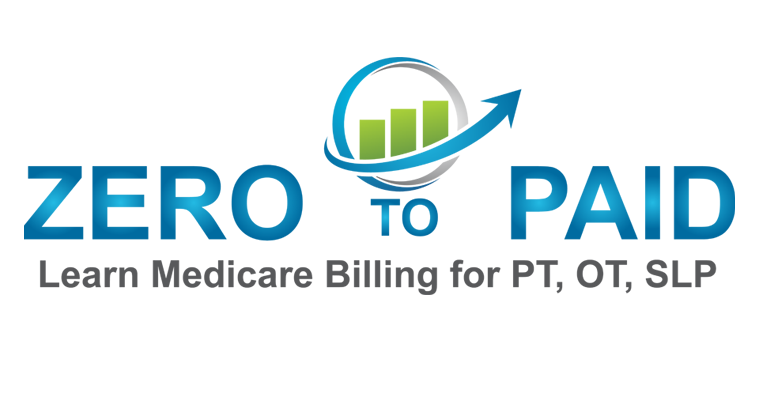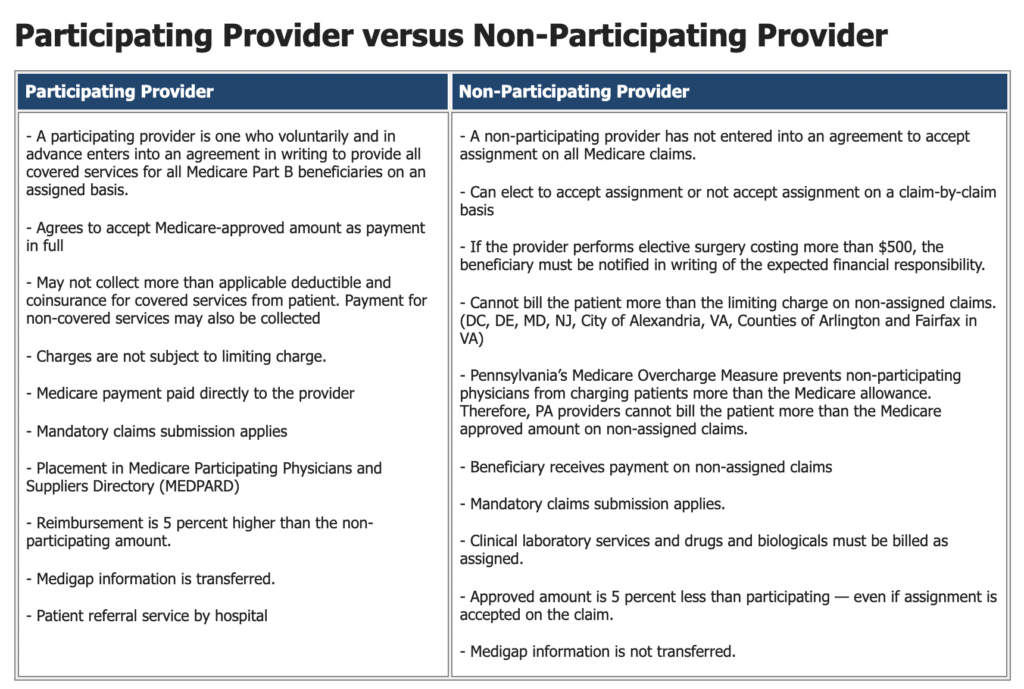How much does Medicare pay for physical therapy
This article will specifically reference the Medicare Part B Physician Fee Schedule look-up tool to determine how much does Medicare pay for physical therapy.
Medicare Part B payment rates for a physical therapy initial evaluation CPT code 97161?
Medicare Part B has reduced physical therapy rates from $98.01 in 2021 to $95.13 in 2023. This change is specifically for outpatient physical therapy reimbursement in the state of Ohio.
To determine Medicare Part B reimbursement allowed amounts for the calendar year and geographic location you will need to either go to your local MAC website and search their physician fee schedule, or you can find the same information on the CMS website under Physician Fee Schedule Look-Up Tool.
Below is a table showing Medicare Part B allowed amounts for participating providers in Ohio.
Medicare allowed amount by CPT Code: 97110, 97530, and 97140?
Below is a table containing the CMS Physician Fee Schedule allowed amounts for participating physical therapy providers. This table compares reimbursement rates between 2023 and 2021 for Ohio’s CGS Medicare.
Reimbursement will vary by state so it is important that you choose your specific MAC or location.
You can see that the Medicare Part B participating provider allowed amounts are as follows:
| CPT Code | 2023 Payment | 2021 Payment |
| 97110 | $27.89 | $29.21 |
| 97112 | $31.96 | $33.82 |
| 97140 | $25.72 | $26.92 |
| 97161 | $95.13 | $98.01 |
| 97530 | $34.80 | $37.46 |
What is the difference between Facility and Non-Facility Price?
Physical therapists, occupational therapists, and speech-language pathologists in private practice use the Non-facility price to estimate the allowed amount.
What is the difference between PAR and NonPAR allowed amounts?
The NonPAR allowed amount is 95% of the PAR allowed amount.
* Source: Novitas-Solutions
Is it better for a physical therapist to be PAR or NonPAR?
In my opinion, it is NOT better for a physical therapist, occupational therapist, or speech-language pathologist to be Non-PAR (non-participating).
In the following video, I will share the reasons why Non-PAR is not better, but to summarize it here I have created a list:
- Both participating and non-participating providers are required to comply with all of the same Medicare regulations.
- Both participating and non-participating providers are required to submit claims on behalf of the beneficiary for covered services, but Non-PAR claims are not automatically forwarded to the patient’s supplemental insurance.
- Yes, it is true the Non-PAR provider may choose not to accept assignment and charge the Medicare beneficiary up to 115% of the Non-PAR fee schedule, but the Non-PAR fee schedule is lower and the provider must collect from the patient either at the time of service or after. This results in increased administrative costs.
- If a single Medicare beneficiary chooses not to pay a Non-PAR provider then the cost of collections and other measures may eliminate the potential small increase in reimbursement.
Does Medicare Part B have a CAP on Physical Therapy Services?
No, Medicare Part B no longer has a cap. Now it is referred to as a financial threshold. Click here for information directly from CMS.
In 2023 the Medicare financial threshold for occupational therapy services is $2,230.
The Medicare financial threshold for physical therapy and speech-language pathology combined is $2,230.
What happens if physical therapy services exceed the financial threshold?
If therapy services continue to be medically necessary based on established CMS guidelines, local MAC published guidelines, and the clinical judgement of the provider, then the KX modifier may be added to the CPT code claim line item and payment will be issued from Medicare.
If therapy services are deemed no longer medically necessary AND the patient wants to continue to receive therapy services while paying out of pocket then the provider may choose to issue a mandatory advanced beneficiary notice (ABN) before continuing care.
What if a Medicare beneficiary does not have a secondary insurance plan?
If the Medicare beneficiary does not have a secondary insurance policy that Medicare part B will cover 80% of the allowed amount and the patient will be responsible to pay the remaining 20%.
The best practice for the physical therapist in this situation is to estimate the 20% coinsurance and collect that amount from the patient at the time of service.
After Medicare has processed the claims the physical therapist may review the Medicare determined 20% patient responsibility and either refund the patient if more than expected was collected or invoice the patient if a remaining balance exists.
Does a Medicare secondary insurance plan pay for out-of-network physical therapy?
A traditional Medicare supplemental plan in the secondary position will pay therapists contracted with Medicare just the same as if the therapist was contracted with the supplemental payer.
But non-supplemental secondary insurance plans are not required to pay non-contracted therapists. Each plan is different so you will need to verify coverage and determine any patient responsibility before delivering treatment.
How can I learn more?
The first Tuesday of each month I start a new LIVE cohort of students in my Zero to Paid Medicare Billing Course. For more information on the course visit this website’s homepage.
Additional and Related Article Links:
- How to apply for a Type 2 NPI
- How to INCREASE the Average Physical Therapist Salary
- 5 Best Books For Starting A New Physical Therapy Practice in 2021

Anthony Maritato, PT
Physical Therapist / Private Practice Owner
As a serial entrepreneur since the age of 7, Anthony (Tony) Maritato didn’t start his first physical therapy clinic until he was 26.
After recently graduating from Pennsylvania State University with a bachelor’s degree in Kinesiology, Tony fell in love with the profession of physical therapy. Not wanting to wait until getting his degree in Physical Therapy, Tony quickly opened a personal training studio which transitioned to a full-time physical therapy clinic once he recruited his now-wife, Kathy Long Maritato, PT.
Since then Kathy and Tony have grown Total Therapy Solutions LLC into a successful private practice with two locations in Ohio.
Tony spends his free time teaching other therapists how to contract with and bill Medicare for outpatient therapy services.
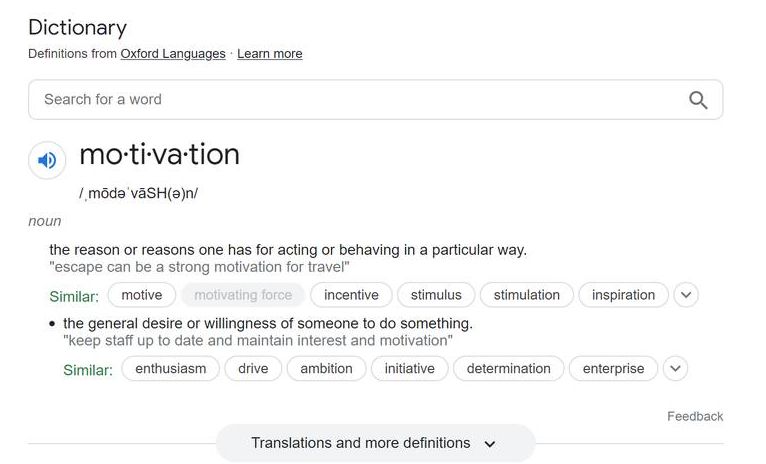
9 Ways To Keep Physical Therapy Patients Motivated
What exactly is 'physical therapy motivation' and how can it help improve patient compliance and outcomes? First, let's define motivation: mo·ti·va·tion /ˌmōdəˈvāSH(ə)n/ noun 1. the reason or reasons one has for acting or behaving in a particular way. "escape can be a...
How to Contract with Anthem BCBS Physical Therapist
Why Should a Physical Therapist in Private Practice Contract with Anthem BCBS I am a physical therapist and private practice owner. My physical therapy practice, Total Therapy Solutions LLC has been a contracted provider with Anthem BCBS here in Ohio since 2006....

2022 Medicare Site Visit for New Physical Therapy Private Practice
Medicare Site Visit Checklist for Physical Therapists in Private Practice: Signage Hours of Operation Confirmation that you are open for business. Confirm that you are treating patients at the clinic. I have completed over 200 Medicare provider enrollments and over...

Add a Pickleball Program to GROW Your Physical Therapy Business
Why Add a Pickleball Program to your Physical Therapy Practice? Pickleball is blowing up in popularity. The APTA recently published an article on the topic and large national fitness clubs are adding pickleball courts faster than tennis or other sport courts. Physical...
What is Medicare MPPR Reason Code 59
The Medicare Multiple Procedure Payment Reduction (MPPR) is a reimbursement reduction that applies when to billable services when multiple services are furnished by the same provider to the same patient in the same session on the same day. How does Medicare MPPR...
How to bill a Medicare Supplemental Insurance
In this article we will discuss how to bill a medicare supplemental insurance as well as how to know when Medicare auto-forwarded your claim information to the secondary insurance plan.Bill a Medicare Supplmental Insurance for Physical Therapy Service Step 1 - Initial...
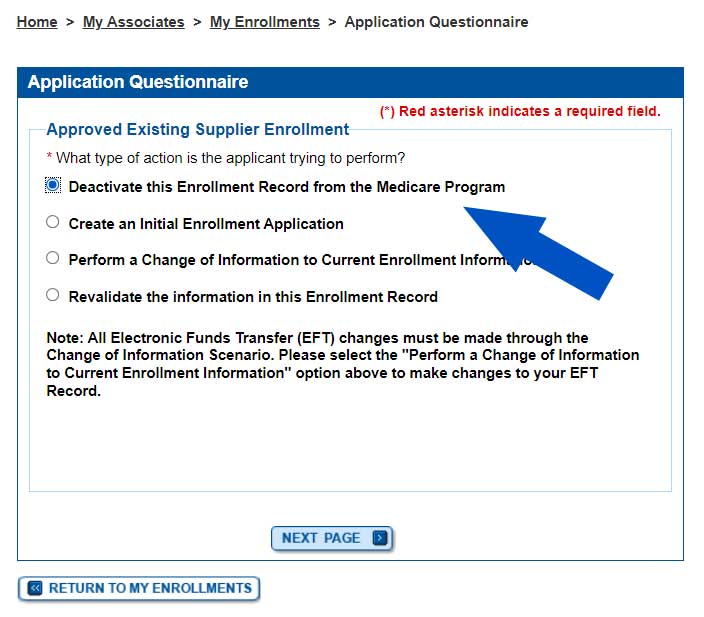
How to Deactivate a Medicare Provider Enrollment Using PECOS
"How do I deactivate a Medicare provider enrollment using PECOS?" If you are a contracted Medicare provider seeking to deactivate your contract simply follow these steps.Step 1 - Log into your PECOS account. Once you have logged into your pecos account you will go to...
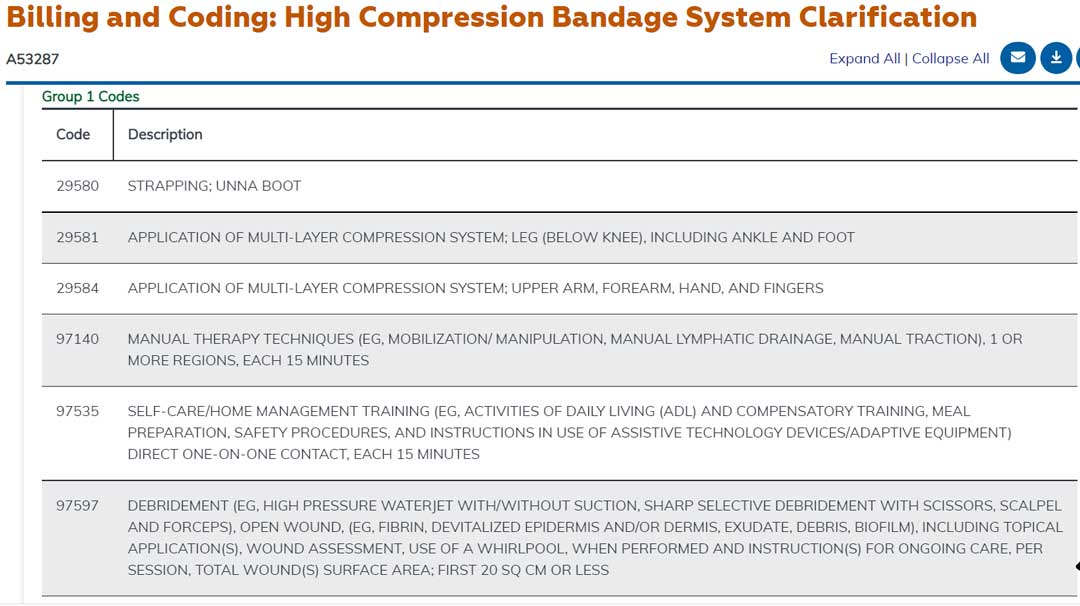
CPT Code 29581 Lymphedema Billing
Reference links: Billing and Coding: Lymphedema Decongestive Treatment Article ID: A52959, A53287 CPT Code 29581 - Definition CPT Code 29581 - Application of multi-layer compression system; leg (below knee), including ankle and foot [1]Examples of graduated,...
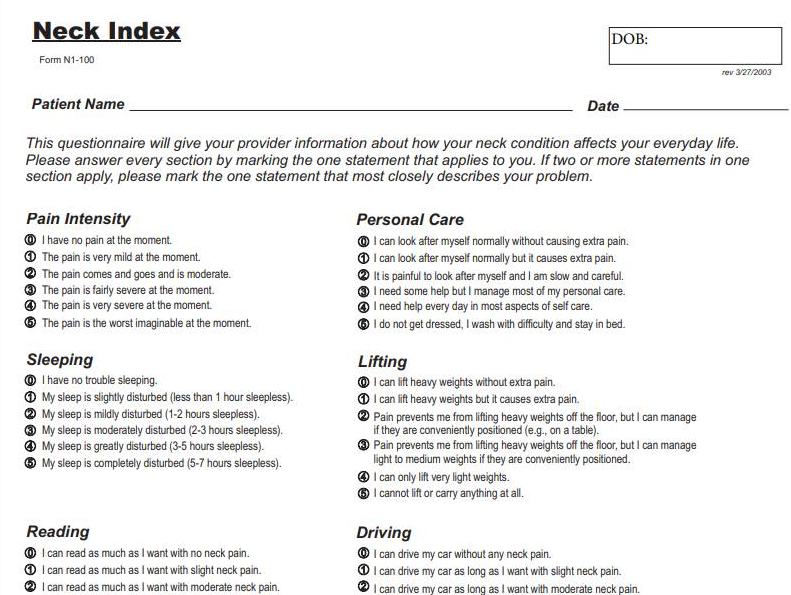
Physical Therapy Neck Disability Index
Neck Disability Index - Functional Outcome Measure CMS Medicare Benefit Policy Manual Chapter 15 specifies that PT, OT, SLP are required to use: "Functional assessment scores (and comparisons to prior assessmentscores) from tests and measurements validated in the...

Physical Therapy Business Organizational Chart for Private Practice
Most of us start a physical therapy private practice because we believe we can deliver a better patient care experience, earn more money, and enjoy the time freedom of owning a business. Creating a physical therapy business organizational chart is the first step in...
